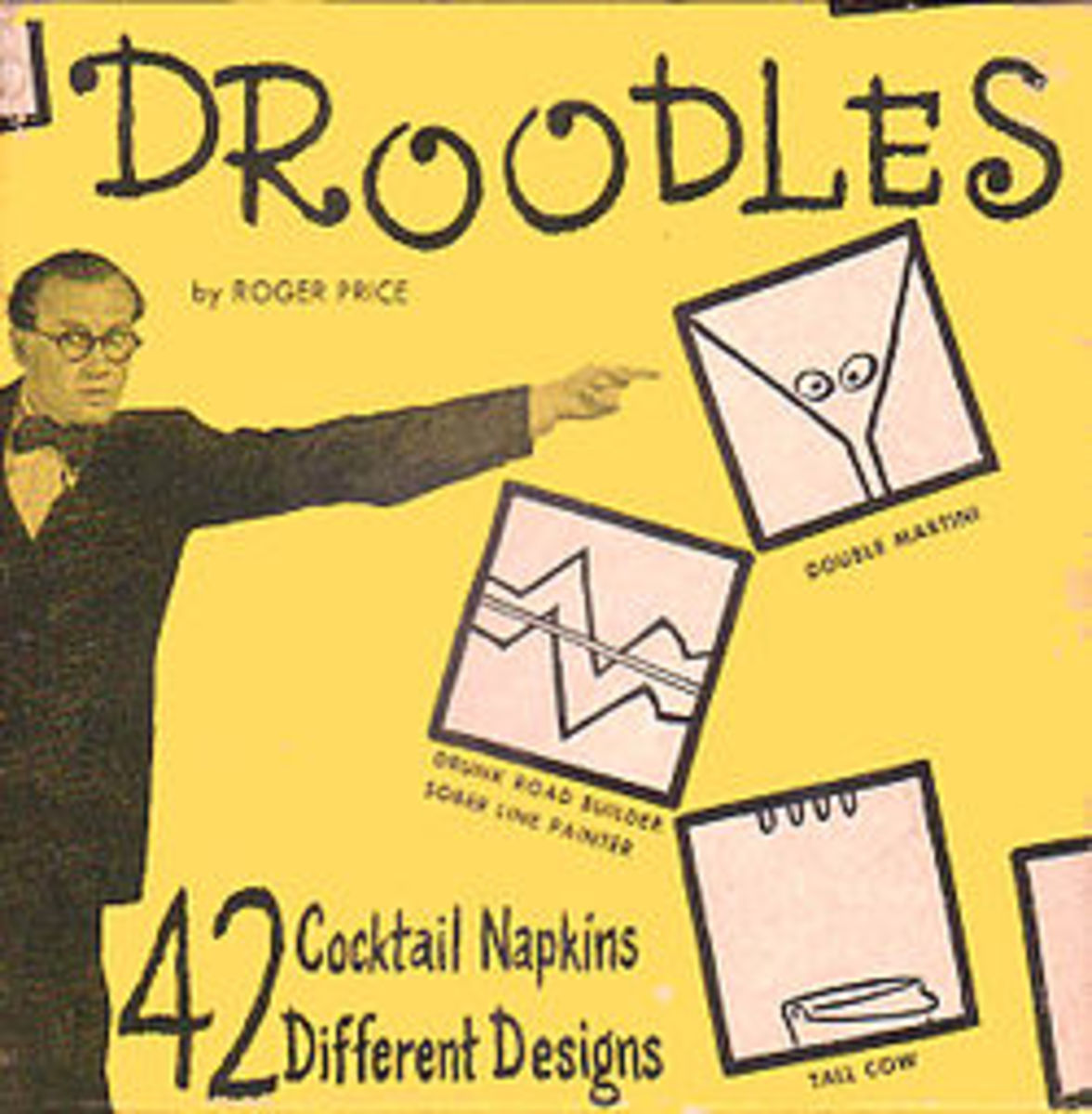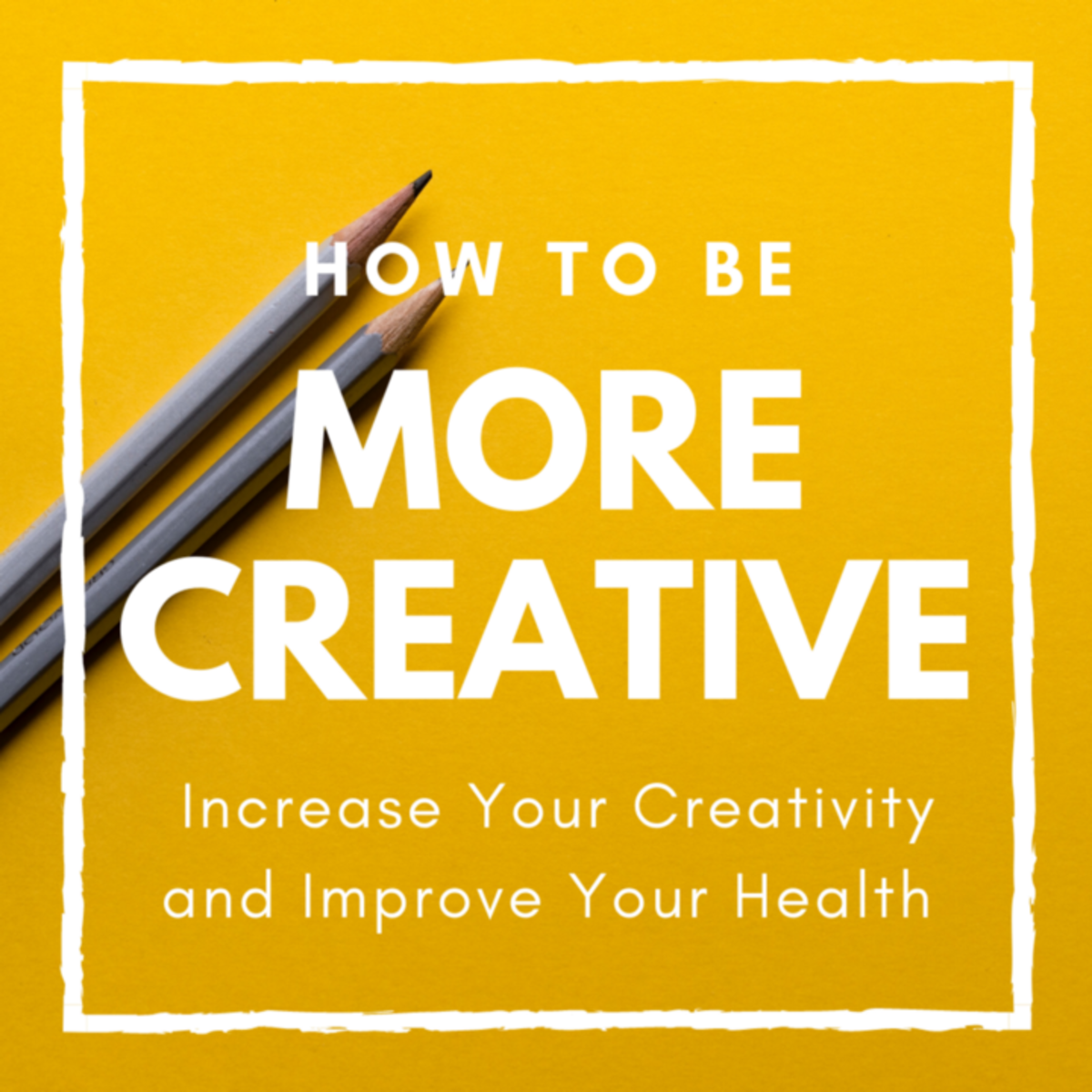3 Keys to Creativity: Educate, Delimitate, Stimulate... connections between brain knowledge leads to inventions
Introduction
Creativity is simply ability to remix knowledge within limits, or as it was put in a TED talk, "when ideas have sex". In studying various "tips" and "rules" to creativity, the common theme seem to fall into three categories:
- EDUCATE: gather as much knowledge as possible, even "unrelated" knowledge. You never know how that may become handy one day
- DELIMITATE: set a limit, even an artificial one, so you remain challenged, mainly so you solve with a different of available parts and pieces
- STIMULATE: stimulate the brain (both physically and mentally), so you can form connections from / to difference pieces
However, they are all about connections. Educate, so you have stuff to connect. Stimulate is about randomly mix up the things, and delimitate is about mixing up a different set of stuff than what you usually work with, but in the, it is all about forming connections between things.
Educate
No amount of stimulation will help you create something if your brain don't have the data points to make connections from. Most inventions are not brand-new, but rather, a remix of old ideas.
Example 1: Auto-safety-glass is a mix of glass and industrial resin. It was discovered by accident when a chemist left resin inside his beaker, then accidentally dropped it. Instead of shattering into bazillion pieces, the beaker actually stayed in the same general shape due to the dried resin inside. This lead to inspiration of auto safety glass: a glass / resin / glass sandwich.
Example 2: The train air brake system, invented in 1868 by George Westinghouse, was inspired by multiple factors. At the age of 20, George Westinghouse was a well-learned man, having grew up around farm machinery, knowing both practical and book engineering, and had already several patents under his name. He was able to combine his knowledge with the existing primitive airbrake system and came up with the "modern" airbrake.
Example 3: "FastSkin" by Speedo is also known as "shark suit" for a very good reason: it is emulating the texture of shark skin, which is actually NOT smooth, but has a series of "teeth" that manage the flow of water and actually reduces drag even further than smooth skin. The latest design reduced friction by over 10%, and the result is adoption of FastSkin and its derivatives by most winners in recent Olympics. Speedo was inspired by sharks, and now it is almost essential swimwear for any Olympic swimmer.
The more knowledge you have, or have access to, the more creative you will be, because you have a larger pool of knowledge to draw from. Coffeehouse discussions, online forums, club meetings, and more are also conducive to creativity (and company meetings are not).
(And please get off the couch and turn off the TV)
Some things to try:
- read "TIL" (Today I Learned) on Reddit.com
- read several "random" Wikipedia articles every day
- connect with some new people today, online and off
Delimitate
Many of the creativity tips involves setting some sort of a limit on oneself. Most problems, except those that are physically impossible, can be done with sufficient resources. However, few people enjoy such resources and can afford a pure brute-strength approach. Instead, there are almost always practical limitations, such as time, money, energy, weight, space, personnel, and so on. Creativity is when you do NOT do things by brute-force, and that is why you set limits, even if you have to do so artificially.
In one way, this is pretty much playing LEGOs, except you only have half of the pieces, but you don't know which half, and you need to build something. How do you "make do" with what you have? That would force you to make connections that you usually do not make. When A usually goes with B, but you don't have a B, you have to find C, or D, or E... or something else that will go with A.
In another way, this is very much like training to be a master... Masters like Tiger Woods, Mozart, and so on are masters because they constantly stretch beyond their comfort zone, and thus, continue to grow. By setting limits, artificial or otherwise, you are providing challenges to your mind, forcing it to grow.
Some things to try:
- Set some limits on the tech level available and solve the problem again
EX: Incubator for preemies (premature babies) out of only stuff you find in an auto parts store.
- Don't use the most important material. What else can you use instead?
EX: In England of 1800's, there is plenty of coal, but coal is not good for metal refining. So Abraham Darby invented a way to purity coal into "coke", which is good for metal refining.
- Re-purpose something to do something else entirely. What else can you use this for?
EX: Brits plan to power a satellite with... a Google Android smartphone.
(delimitate is a real word, it means "to set limit")
Stimulate
When you see tips on creativity, then often involve music, mild stimulant like coffee or tea, get some exercise for some endorphines, change the environment, and so on. What they all do is stimulate the brain.
What stimulation actually do, is force you to make different sorts of connections and permutations and so on.
Expose yourself to different stimulus, something new, and it may inspire you to do something very different. Take a break from the routine, and be ready for inspiration to strike. Make sure you take along a recorder or notebook/pen to take down the idea when they strike.
A couple things to try:
- listen to completely different genre of music: Country-Western, Eurobeat, Chant...
- go visit a completely different area of town, using a different transportation method
- try a completely different drink or food. Prefer hot? Try iced. Prefer coffee? Try tea.
- go exercise a bit, job, bike, aerobics... even a different form of exercise or activity.
Conclusion
Creativity is basically recombining knowledge and ideas. To facilitate this, you need to expose yourself to a lot of knowledge and various stimulus, so your mind can combine them in various ways.
One last tip: sleep well. Often, your brain works when you sleep, so you may get a sudden inspiration then, and have a solution ready when you wake up.
Now go invent something.






